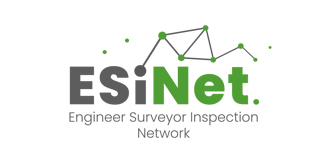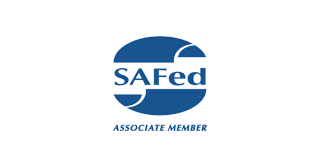Lifting Operations and Lifting Equipment Regulations (LOLER) inspections are essential for ensuring that your lifting equipment is safe to use and compliant with the law. Proper preparation not only makes the inspection process smoother but also helps you avoid costly downtime and potential safety risks. If you’re gearing up for a LOLER inspection, this practical guide will walk you through the steps to get everything in order.
What is a LOLER Inspection?
A LOLER inspection, also known as a thorough examination, assesses whether lifting equipment is:
- Safe for use.
- Suitable for its intended purpose.
- Properly maintained and free from defects.
It applies to a wide range of equipment, including cranes, forklifts, hoists, and lifting accessories like chains and slings.
Why is Preparation Important?
Preparation for a LOLER inspection ensures:
- Compliance with legal requirements.
- Minimal disruption to operations.
- Early identification and resolution of potential issues.
A well-prepared inspection demonstrates your commitment to workplace safety and regulatory compliance.
Step-by-Step Guide to Prepare for a LOLER Inspection
1. Identify Equipment Subject to LOLER
Start by creating a comprehensive list of all lifting equipment and accessories in your workplace. Include:
- Fixed and mobile lifting equipment.
- Accessories such as slings, chains, and eyebolts.
- Equipment not frequently used but still within LOLER’s scope.
Ensure nothing is overlooked, as incomplete records can delay the inspection.
2. Review Your Records
Inspectors will need access to detailed documentation, including:
- Previous LOLER inspection reports.
- Maintenance records.
- Manufacturer’s instructions and certificates.
- Equipment registration and usage logs.
Having these documents organized and readily available will expedite the inspection process.
3. Perform a Pre-Inspection Check
Conducting a preliminary check of your equipment helps identify and address obvious issues before the official inspection. Look for:
- Wear and tear, such as frayed wires or worn-out components.
- Missing or damaged safety guards and labels.
- Signs of corrosion, deformation, or fatigue.
Addressing these issues beforehand can save time and reduce the risk of non-compliance.
4. Ensure Proper Equipment Storage
Store lifting equipment in a way that prevents damage and makes it easy for inspectors to access. Poor storage conditions, such as exposure to moisture or improper stacking, can raise red flags during the inspection.
5. Train Your Staff
Make sure your staff is well-informed about the inspection process. They should be prepared to:
- Provide access to equipment and documentation.
- Answer questions about how equipment is used and maintained.
- Demonstrate their knowledge of safety procedures.
Well-trained staff reflect positively on your safety culture and operational practices.
6. Check Safe Working Load (SWL) Markings
Inspectors will verify that all lifting equipment and accessories have clear, legible SWL markings. These markings are essential for safe usage and compliance with LOLER.
7. Schedule the Inspection Strategically
Plan the inspection during a time that minimizes disruption to your operations. Consider factors like:
- Peak activity periods.
- Equipment availability.
- Production schedules.
Advanced planning ensures the inspection doesn’t interfere with critical tasks.
8. Address Previous Inspection Recommendations
If previous LOLER inspections highlighted areas for improvement, ensure those recommendations have been implemented. This demonstrates a proactive approach to safety and compliance.
What to Expect During the LOLER Inspection
The LOLER inspection will typically include:
- A visual examination of equipment for defects.
- Functional tests of safety features like brakes and load indicators.
- Verification of SWL markings and proper documentation.
At the end of the inspection, you’ll receive a detailed report highlighting any deficiencies and recommended actions.
Post-Inspection Steps
After the inspection:
- Resolve Issues Promptly: Address any defects or recommendations outlined in the report.
- Update Records: Document the inspection results and keep them accessible for future reference.
- Plan for Ongoing Compliance: Schedule the next LOLER inspection as required (usually every 6 or 12 months, depending on equipment usage).
Why Regular LOLER Inspections Matter
Regular LOLER inspections help:
- Prevent equipment failures and accidents.
- Reduce downtime and repair costs.
- Ensure legal compliance and protect your workforce.
How SIS Ltd Can Help
At SIS Ltd, we specialize in providing thorough and reliable LOLER inspections to help businesses stay compliant and maintain the highest safety standards. Our experienced engineer surveyors offer:
- Comprehensive examinations of lifting equipment.
- Clear, actionable reports.
- Ongoing support to ensure your equipment remains in optimal condition.
Contact us today to schedule your LOLER inspection and ensure your workplace meets all regulatory requirements.











